|
|
-
Products
- All Products
-
Recumbent Trikes
>
- Hase Bikes Trigo
- Hase Bikes Kettwiesel
- Hase Bikes Trets
- HP Velotechnik Scorpion FS
- HP Velotechnik Gekko FX
- ICE Adventure
- ICE Adventure HD
- ICE Full Fat
- ICE Sprint X
- ICE Sprint X Tour
- ICE VTX
- Catrike 5.5.9
- Catrike MAX
- Catrike Villager
- Catrike Dumont
- Catrike Expedition
- Azub Ti Fly X
- BamBuk E-Trike Tandem
- Running Frames >
- Adaptive Bikes and Trikes >
- E-Bikes
- Tandem Bikes >
- Cargo Bikes >
- Hand Cycles >
- Kids Recumbents & Adaptive Pushchairs >
- Demo Bike Sale
- Stay & Ride
- Home Delivery
-
Testimonials
- All Testimonials
- Freedom and Independence is RAD - Kettwiesel Cross
- RAD Bike Rides with the Yellow House
- Brian's Perfect Bike - BerkelBike Pro
- Renata and Russell's Recumbent Renaissance
- Winter Adaptive Biking - Wide Tire Trikes
- Making Moves with MS - BerkelBike Pro
- Riding to Recovery - BerkelBike Pro
- Emily's First Trike - Hase Kettwiesel
- Reclaiming Freedom - Hase Bikes Pino Tandem
- Camille's Special Needs Bike - Hase Pino Tandem
- About
- Resources
- Blog
- Shop
- Contact Us
|
Cycling is an incredibly popular way to enjoy the outdoors and get some exercise, but not everyone can easily ride a traditional bicycle. That’s where adaptive bikes come to the rescue! What is an adaptive bike? Simply put, adaptive cycles are bikes that are modified to fit the needs of an individual rider. We all have different abilities and challenges, and there are a wide variety of ways that a bicycle or tricycle can be modified to make cycling possible (and fun!) for anyone. At RAD-Innovations, we specialize in matching you with an adaptive bike that will make cycling enjoyable and safe for you for years to come. Who needs an adaptive bike? Adaptive bikes, trikes and hand cycles are all designed to allow people with different mobility issues to get out and ride, so there are a wide variety of people who benefit from these unique bike designs. Anyone with a disability or injury that affects balance or motor function is an ideal candidate for an adaptive bike. Individuals with Multiple Sclerosis, Cerebral Palsy, paralysis, Parkinson’s, traumatic brain injuries and more can benefit from the freedom and mobility that comes with an adaptive bike. Some people find that a recumbent bike is simply a more comfortable ride that doesn’t leave them with an aching back at the end of the day. In a sense, adaptive bikes are for anyone and everyone who likes to get out and enjoy a good bike ride! Types of adaptive bikes Recumbent Bikes A recumbent bike (or trike) is one where the rider is seated in a reclining position. This configuration allows for the rider’s weight to be more comfortably distributed over a larger area, supported by the back and buttocks. Recumbent trikes add an extra wheel for increased stability. There are two main types of recumbent trikes: delta and tadpole. Delta trikes have two wheels in the back and one wheel in the front. The front wheel does the steering, and pedaling powers one or both of the back wheels. Delta trikes are easy to get on and off of, are easy to maneuver, and have a fairly tight turning radius. Some delta trikes can be linked together, allowing extra stability and security to riders who may not be able to safely ride on their own. Typically, delta trikes’ seats are higher than tadpole trikes, which adds to the ease of mount and dismount. Tadpole trikes have two front wheels and one rear wheel. The steering is done by both front wheels, and the pedals power the single rear wheel. This configuration provides more turning stability at higher speeds, but does involve a larger turning radius than delta trikes. The seats are often situated lower in a tadpole, making them a sportier choice, but they can be more difficult to get off and on. On average, tadpole trikes are lighter weight, faster and more stable at higher speeds than delta trikes, and are often the choice of more serious distance riders. Tandem Bikes Tandem bikes are built to be ridden by more than one person - most often, a “bicycle built for two.” One rider is the “pilot” and handles the steering as well as half of the pedaling (or more). The other rider is the “stoker” who only pedals. Tandem bikes are ideal for individuals who might not be able to handle cycling on their own, but are fully capable of participating in the sport with help from a partner. The most common configuration for a tandem bike is to have the pilot in the front and the stoker in the rear. The Hase Bikes Pino offered by RAD-Innovations is unique in that it is a combination upright and recumbent tandem, with the stoker in a recumbent position in front. This configuration provides extra stability and comfort for the stoker, and minimizes the need for upper body involvement. It’s also a more social configuration, as both riders’ heads are closer together, allowing for comfortable conversation as you ride. Kids Trikes Another style of adaptive cycle is all kid’s stuff - trikes for kids that adapt to their individual mobility challenges. With three wheels for stability and pedals and handlebars that can adjust as they grow, these special needs bikes provide kids with disabilities a way to get out and play while helping to increase muscle strength. The Hase Bikes Trets even doubles as pedal powered trailer, jogger or push buggy, allowing parents to keep things rolling when their little ones are tired out. Handcycles As their name implies, hand cycles are powered by your hands and arms rather than feet and legs. For individuals who are unable to use their legs to power a bike, this is a wonderful solution and provides the freedom of mobility in a fun and accessible way. Most hand cycles are three wheeled, with a delta configuration - one wheel in the front and two in the back. Braking, steering and cranking are all done by hand, and the rider can use the power of his or her torso to help propel them along. (Some handcycles offer two wheels in the front, and some use lean-steer designs - there are a lot of options!) Hybrid Bikes Some adaptive cycles borrow elements from two or more of the bike types outlined above. Hybrid bikes like the BerkelBike Pro combine elements of recumbent and hand cycles, allowing them to be powered by both arm and leg power, providing a great full-body workout. Individuals with limited leg function can still exercise and stimulate their leg muscles, while supplementing their forward progress via the hand crank. Individuals with no leg function can benefit from the passive movement of the fixed gear foot pedals, helping to maintain good circulation and range of motion.
Adaptive bikes come in all shapes and sizes and are designed to meet a variety of unique mobility needs. We’ve outlined only a few of the most common and popular variations here. The number one purpose of any adaptive bicycle or tricycle is to adapt to the requirements of the rider. This means that there are literally hundreds of specialized bike configurations and modifications available, making biking accessible for everyone. At RAD-Innovations, we have years of experience in finding the right bike for your individual needs - whether that’s finding the right stock recumbent or designing a custom bike to meet all of your requirements. We’re always happy to talk with you about how we can get you rolling! Check out our in-stock bike models, read our satisfied customers’ stories, and contact us for a free assessment or to get started on a custom build process.
11 Comments
I like the valuable info you provide to your articles.
Reply
1/6/2020 07:23:50 pm
My great grandaughter has cerebral palsy she is 10
Reply
Kenshin
7/20/2020 02:09:33 pm
Hi Sandra,
Reply
Michelle Lingenfelser
1/24/2020 12:17:57 pm
Cycling Kansas City is building an adaptive ride program. I am looking for any advice, references, or resources you can provide in how to build the best program: pitfalls, creative ideas, warnings, highlights! TIA
Reply
Kenshin
7/20/2020 01:58:44 pm
Hi Michelle,
Reply
Dana Cole
5/16/2020 12:49:04 am
I couldn't find prices plus is there a used trike network?Thank you for letting me dream of bicycling as. In days of yore.
Reply
Kenshin
7/20/2020 01:57:13 pm
Hi Dana,
Reply
Elisia
10/9/2021 02:13:34 am
Hi! My son is severely autistic and 6 years old. He has had bikes but has never understood the concept of peddling. We an adaptive bike be suitable for him since he does not know how to peddle? If not do you have a suggestion. Thank you
Reply
8/2/2023 09:17:18 pm
I appreciate you sharing your thoughts on the art of writing. Your blog article "WHAT IS AN ADAPTIVE BIKE?" was enlightening. Wishing you continued success and blessings.
Reply
Leave a Reply. |
Archives
February 2023
Categories
All
|
802-382-0093
Copyright © 2023 RAD-Innovations LLC™
RAD-Innovations LLC, RAD RaceRunner and RADRacer are trademarks of RAD-Innovations LLC
Website by Clover Ridge Media
-
Products
- All Products
-
Recumbent Trikes
>
- Hase Bikes Trigo
- Hase Bikes Kettwiesel
- Hase Bikes Trets
- HP Velotechnik Scorpion FS
- HP Velotechnik Gekko FX
- ICE Adventure
- ICE Adventure HD
- ICE Full Fat
- ICE Sprint X
- ICE Sprint X Tour
- ICE VTX
- Catrike 5.5.9
- Catrike MAX
- Catrike Villager
- Catrike Dumont
- Catrike Expedition
- Azub Ti Fly X
- BamBuk E-Trike Tandem
- Running Frames >
- Adaptive Bikes and Trikes >
- E-Bikes
- Tandem Bikes >
- Cargo Bikes >
- Hand Cycles >
- Kids Recumbents & Adaptive Pushchairs >
- Demo Bike Sale
- Stay & Ride
- Home Delivery
-
Testimonials
- All Testimonials
- Freedom and Independence is RAD - Kettwiesel Cross
- RAD Bike Rides with the Yellow House
- Brian's Perfect Bike - BerkelBike Pro
- Renata and Russell's Recumbent Renaissance
- Winter Adaptive Biking - Wide Tire Trikes
- Making Moves with MS - BerkelBike Pro
- Riding to Recovery - BerkelBike Pro
- Emily's First Trike - Hase Kettwiesel
- Reclaiming Freedom - Hase Bikes Pino Tandem
- Camille's Special Needs Bike - Hase Pino Tandem
- About
- Resources
- Blog
- Shop
- Contact Us

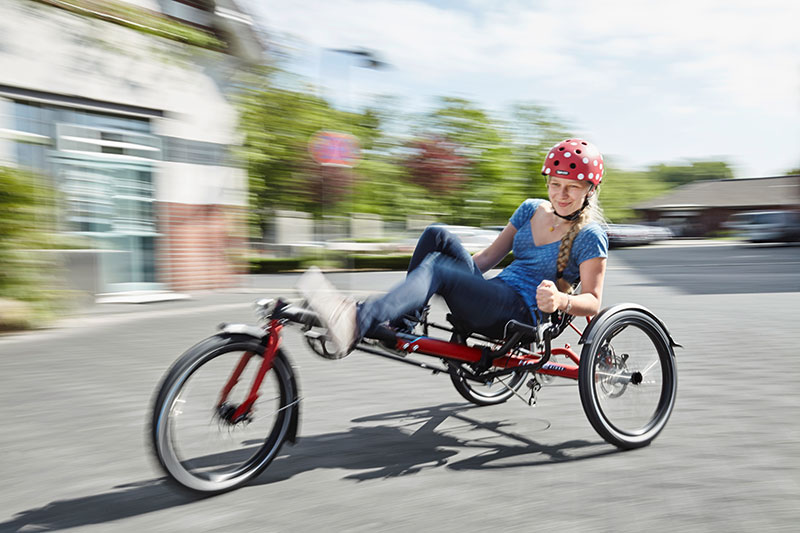
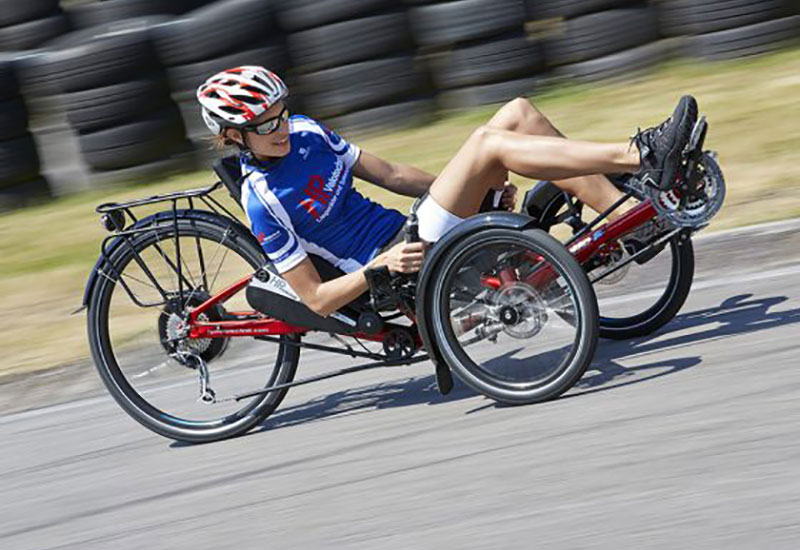
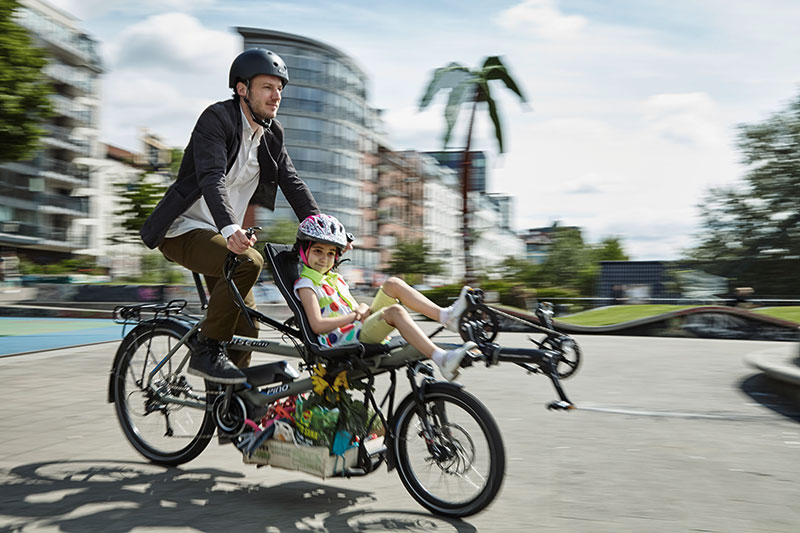
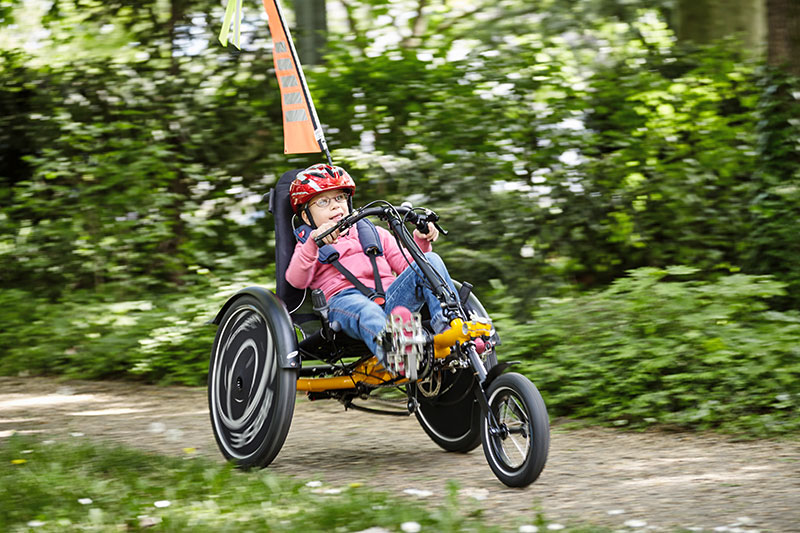
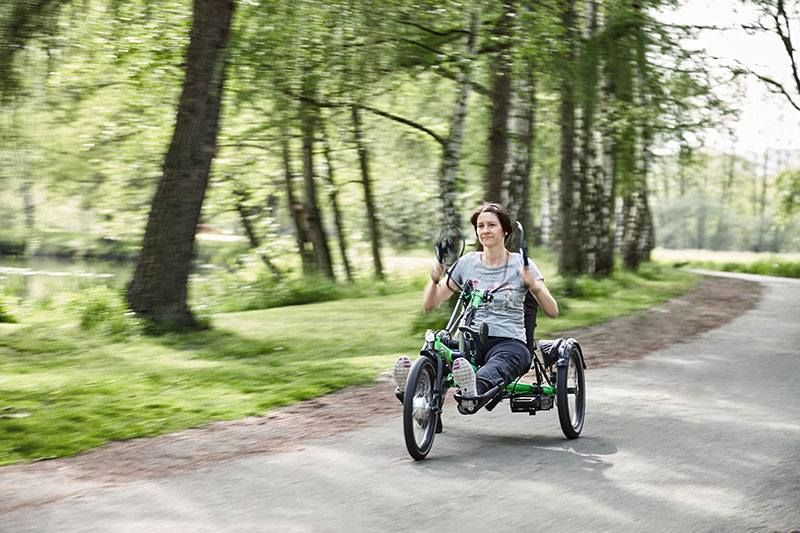
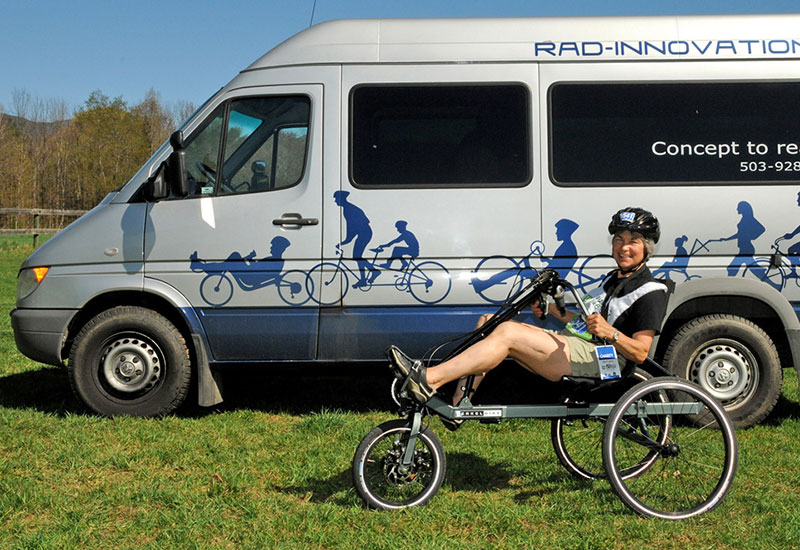
 RSS Feed
RSS Feed

